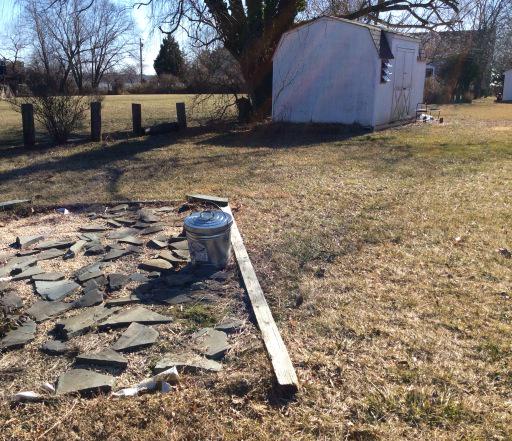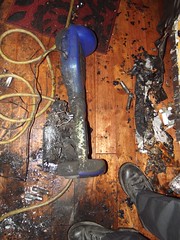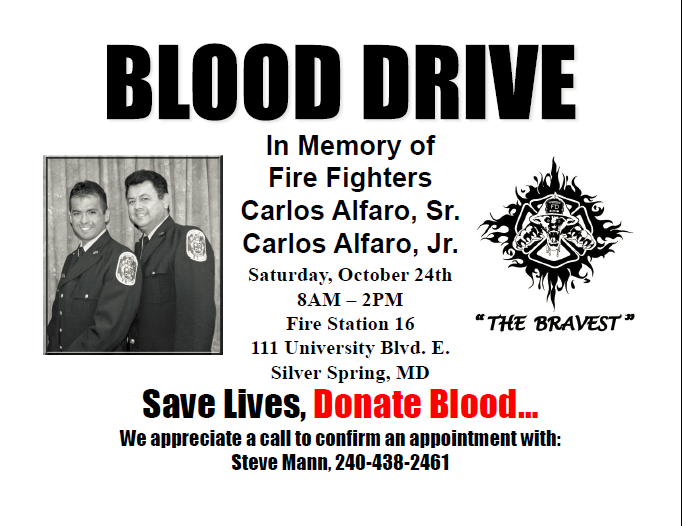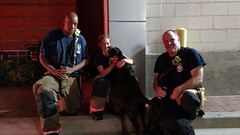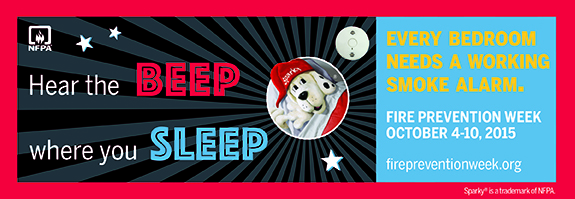Many Roads in Montgomery County Susceptible to Flooding so Consider Alternate Routes Beforehand!

The next several days will be wet and potentially very windy! County residents are urged to be alert to changing weather conditions and should be prepared for possible flash flooding.
Flash floods more often occur in mountain streams, hilly areas or low-lying areas. But they do happen in urban and suburban areas like Montgomery County as well. Flash floods can occur even though it's not raining where you are. It may be raining hard farther upstream and raining so hard that the water can not be absorbed into the ground.
Safety Tips:
If a flash flood warning is issued, act immediately. Don't wait for high water to dictate your course of action.
Know your location when you are driving. If you needed rescue, would you be able to direct emergency crews to your location? Distracted driving can lead to a situation where you are stranded and unable to direct emergency crews to you. Be alert!
Never drive through a flooded road or bridge. Turn Around - Don’t Drown and try an alternate route! In many cases, it takes far less than a foot of water to incapacitate a vehicle. It may stall, leaving you stranded, and depending on the level of water, you may not be able to open a vehicle door. Do not underestimate the power of moving water.
Watch for flooding at bridges and dips in the road. Never drive where water is over bridges or roads. Turn around - Don’t Drown! The bridges or the road could suddenly be washed out. If you're driving at night be especially careful. Often visibility is limited due to wind and rain.
Often what you can't see below the surface of the water is far more dangerous than the high levels of that water. Remember that rocks, tree limbs and other debris can be caught in moving water and can be dangerous if you are forced to walk, wade or swim through flood waters.
If you have to walk or wade through flood water, use a stick to poke the ground in front of you with each step. It can help you determine water levels, the bottom surface and the safest possible way to get to higher ground.
Remember that flash floods can come without warning, and sometimes without weather. Be alert and heed all warnings and recommendations from officials. From FEMA's website, some further information about driving through flooded roadways:
Six inches of water will reach the bottom of most passenger cars causing loss of control and possible stalling.
A foot of water will float many vehicles.
Two feet of rushing water can carry away most vehicles including sport utility vehicles (SUV's) and pick-ups
TURN AROUND - DON’T DROWN and try an alternate route!
LIST OF ROADS IN MONTGOMERY COUNTY SUBJECT TO PERIODIC FLOODING
 A question that always comes up this time of year is what to do with the family Christmas Tree. Well, thanks to our friends in the Department of Environmental Protection – Division of Solid Waste, we have an answer.
A question that always comes up this time of year is what to do with the family Christmas Tree. Well, thanks to our friends in the Department of Environmental Protection – Division of Solid Waste, we have an answer.


